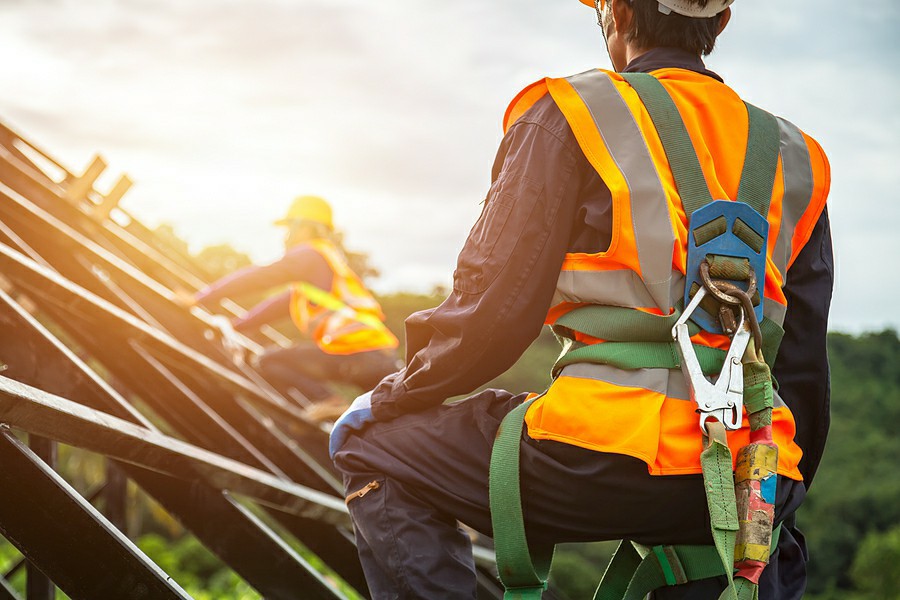Essential Guidelines for Effective Risk Assessments Before Working at Heights
Working at heights presents unique challenges and risks that can lead to severe accidents, injuries, and even fatalities. Conducting thorough risk assessments is a fundamental strategy for identifying, evaluating, and mitigating those risks. This blog will outline best practices for performing risk assessments prior to working at heights, emphasizing the importance of safety, regulatory compliance, and overall workplace well-being.
Why Risk Assessments Matter
Before engaging in any task that requires working at heights, it’s essential to conduct a comprehensive risk assessment. Here’s why:
- Accident Prevention: Risk assessments help identify potential hazards and risks that could lead to accidents, allowing for proactive measures to be implemented.
- Regulatory Compliance: Many countries have stringent regulations governing safety protocols for working at heights. Proper risk assessments ensure compliance with these legal requirements.
- Worker Confidence: An effective risk assessment process enhances the confidence of workers, knowing that their safety is prioritized.
Step-by-Step Procedures for Risk Assessments
Conducting a risk assessment involves a systematic approach. Here are the recommended steps:
Step 1: Identify the Work Area
- Define the exact location and environment of the tasks to be performed.
- Take note of surrounding elements that may influence safety, such as weather conditions and nearby equipment.
Step 2: Recognize Potential Hazards
- Look for specific hazards associated with the work being performed, including:
- Unstable surfaces
- Overhead hazards
- Inadequate guardrails
- Excessive heights
- Environmental factors (e.g., wind, rain)
Step 3: Evaluate the Risks
- Assess the likelihood of each identified hazard leading to an incident and the potential severity of outcomes.
- Utilize a risk matrix to categorize risks and prioritize them for action.
Step 4: Implement Control Measures
- After evaluating risks, decide on appropriate control measures to mitigate them. Options may include:
- Engineering controls (e.g., guardrails, safety nets)
- Administrative controls (e.g., job rotation, signage)
- Personal protective equipment (PPE) like harnesses and helmets
Step 5: Monitor and Review
- After implementing control measures, continuously monitor their effectiveness and revise assessments as necessary.
- Conduct regular safety audits to ensure compliance and effectiveness of safety strategies.
Common Risk Factors When Working at Heights
Understanding common risk factors can help workers be better prepared. Here are some prevalent risks associated with working at heights:
- Falls: The leading cause of injuries and fatalities when working at heights.
- Slips and Trips: Wet or uneven surfaces can increase the chances of losing balance.
- Overhead Hazards: Tools and materials falling from above can cause serious injuries.
- Equipment Failure: Using faulty or inappropriate equipment can lead to accidents.
The Role of Training in Hazard Assessment
Proper training is crucial for preparing workers to identify hazards effectively. Here’s how certified Working at Heights Training enhances hazard assessments:
- Knowledge of Safety Protocols: Training ensures workers understand the importance of safety measures and how to implement them.
- Hands-on Experience: Practical training helps workers recognize real-life hazards and how to address them.
- Emergency Preparedness: Training programs teach workers how to respond in the event of an emergency.
Success Stories: Risk Assessment in Action
Real-world case studies demonstrate the significant impact of risk assessments:
- Construction Site in Dublin: A comprehensive risk assessment revealed unprotected edges. Installing guardrails and providing training reduced falls by 75%.
- Maintenance Task in Galway: Identifying a slippery surface resulted in additional safety measures, including non-slip mats, leading to no recorded slips over a year.
Conclusion and Call to Action
Risk assessments are essential for ensuring safety when working at heights. By systematically identifying hazards, evaluating risks, and implementing control measures, organizations can significantly reduce workplace accidents. Make sure your workers are equipped with the necessary training to assess risks effectively. Enroll them in a Working at Heights Course today.
For more information or to schedule your training, contact us at [email protected].



 349,500 Offered Certificates
349,500 Offered Certificates
 24/7 Online Training
24/7 Online Training
 Money Back Guarantee
Money Back Guarantee
 Fully Accredited Courses
Fully Accredited Courses
